A Deviate Claymore with a motor? Yes please.
- Brand: Deviate
- Product: Kurgan Factory
- Price: £9,999
- From: Deviate Cycles
- Tested by: Benji for a day
Pros
- Ideal geometry for steep ups and downs
- Exceptional suspension
- Bosch motor very customisable
Cons
- Ten grand
- Arguably not the prettiest
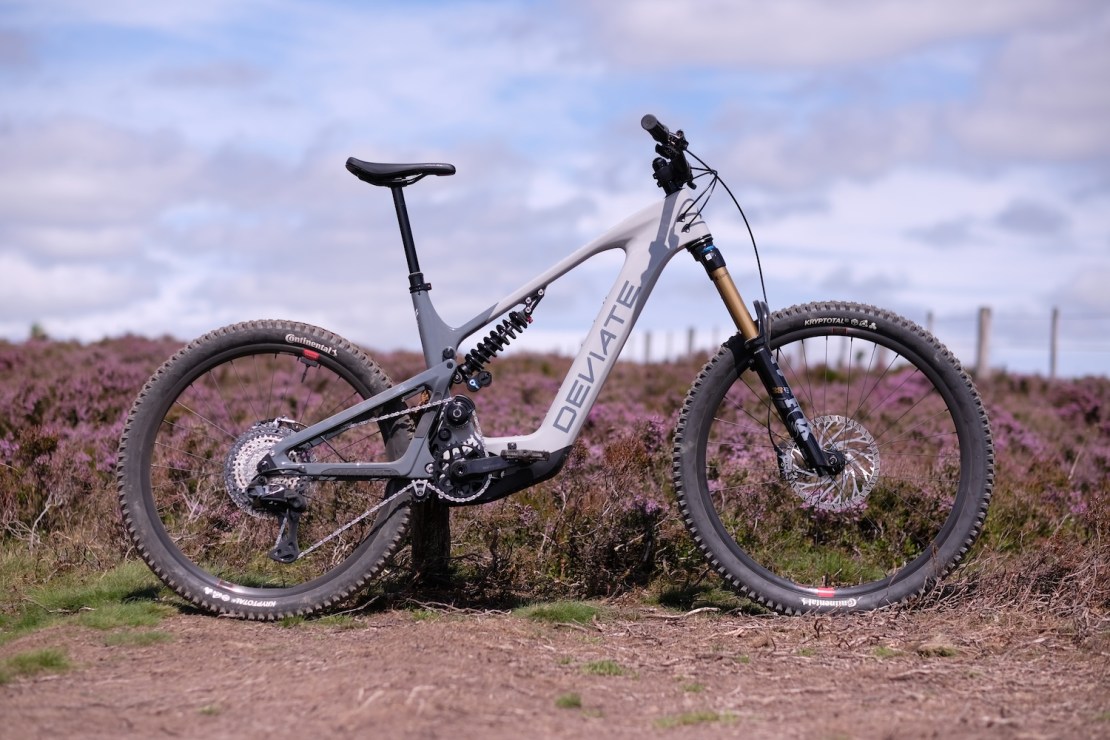
In some ways the Deviate Kurgan reminds me of the Cotic Rocket eeb. Basically, it’s a first ebike from a Brit brand who just don’t really ever product duff bikes. And thus, it’s a very exciting prospect. It’s fair to say though that’s where the similarities between the Rocket and the Kurgan end.
Although the ride intentions are arguably similar (steep gradient monsterbiking) the Deviate has a different motor, different battery housing, different suspension layout and is made from carbon (not steel).
So yeah, a Deviate Claymore with a motor? Yes please.
Latest Singletrack Merch
Buying and wearing our sustainable merch is another great way to support Singletrack
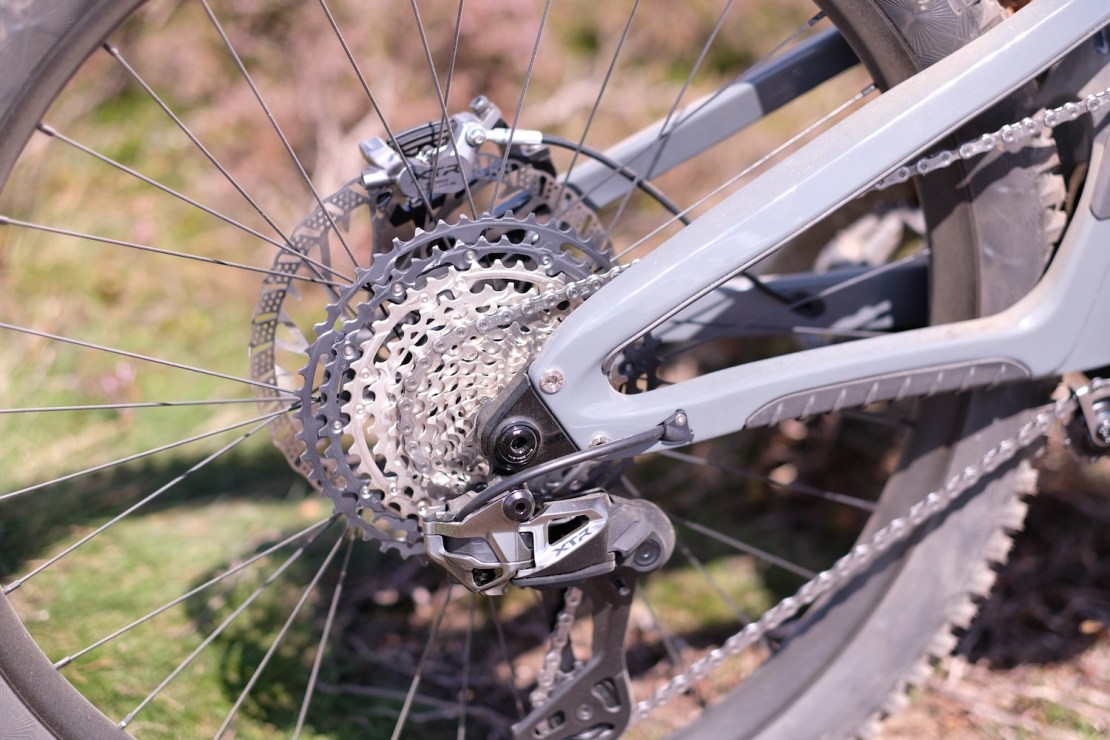
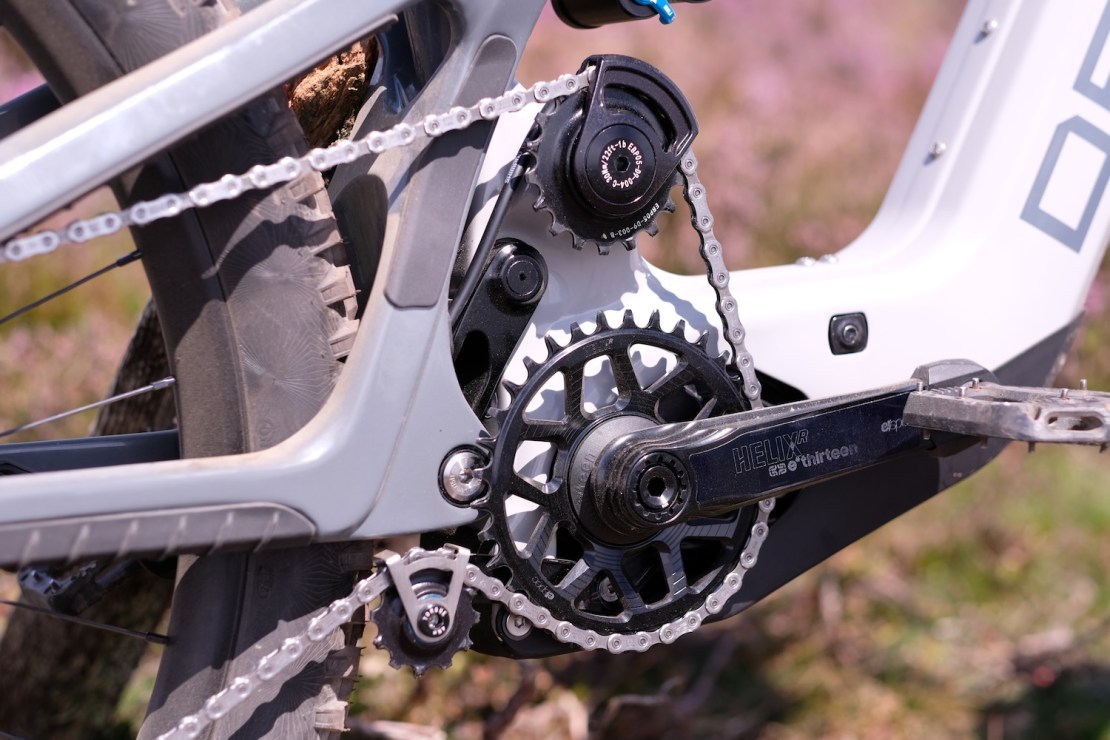
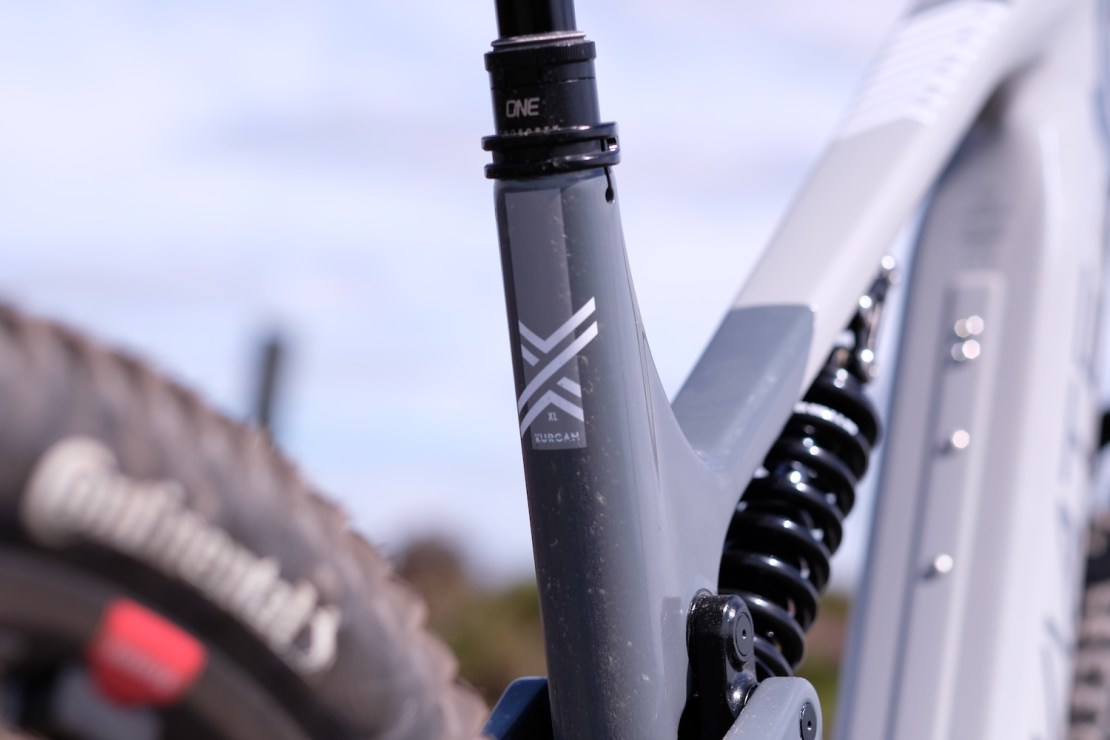
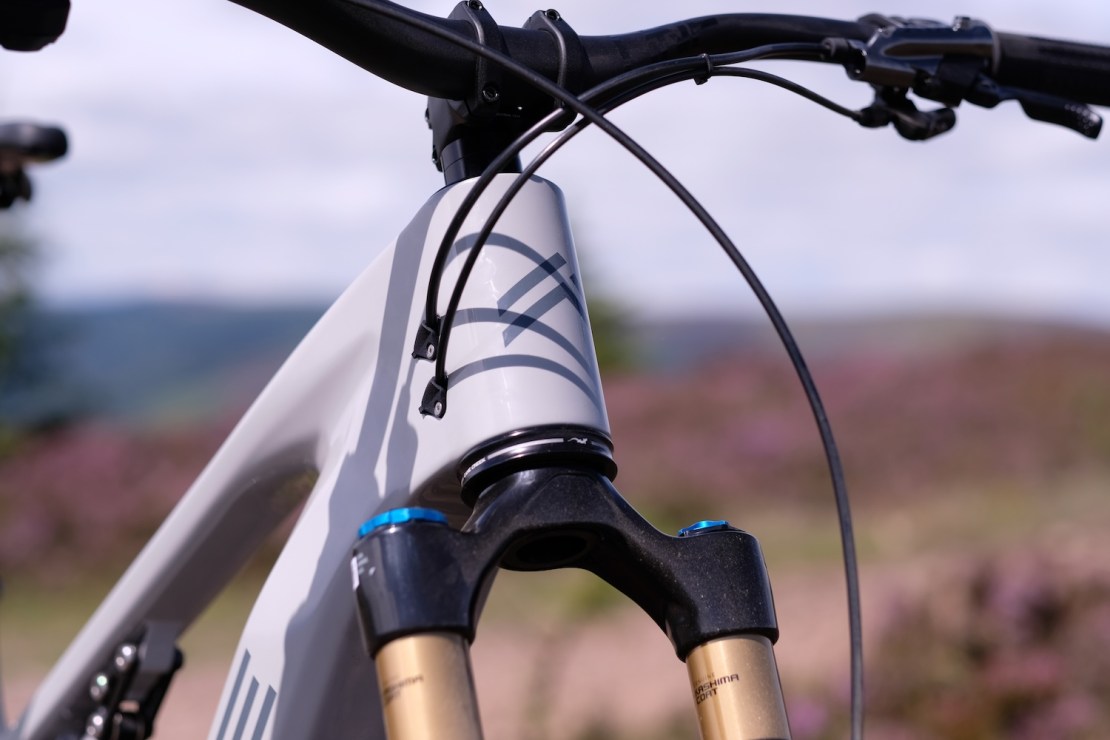
Unsurprisingly, the Kurgen is a dual link virtual high pivot rear suspension design with an idler, like all its analogue siblings. The rear travel is 165mm paired with a 180mm travel fork up front. The frame is full carbon fibre (front triangle and swingarm) and has numerous neat design touches and features to it.
The cabling is internal with some welcome cable management inside to down tube. Further helping things are the large guide ports for the cabling. The supplied headset has reach adjust so you can extend or reduce the stock reach figure by +/-5mm.
Familiar Deviate features also include short (uninterrupted) seat tube for standover and dropper insertion, and there’s the full complement Enduro Max bearings and grease port system. The grease ports are extended to include the new idler and lower chain guide too. There’s loads of space in the front triangle for a water bottle and (not or) a Bosch range extender, that would bump the battery capacity to 1,050Wh.
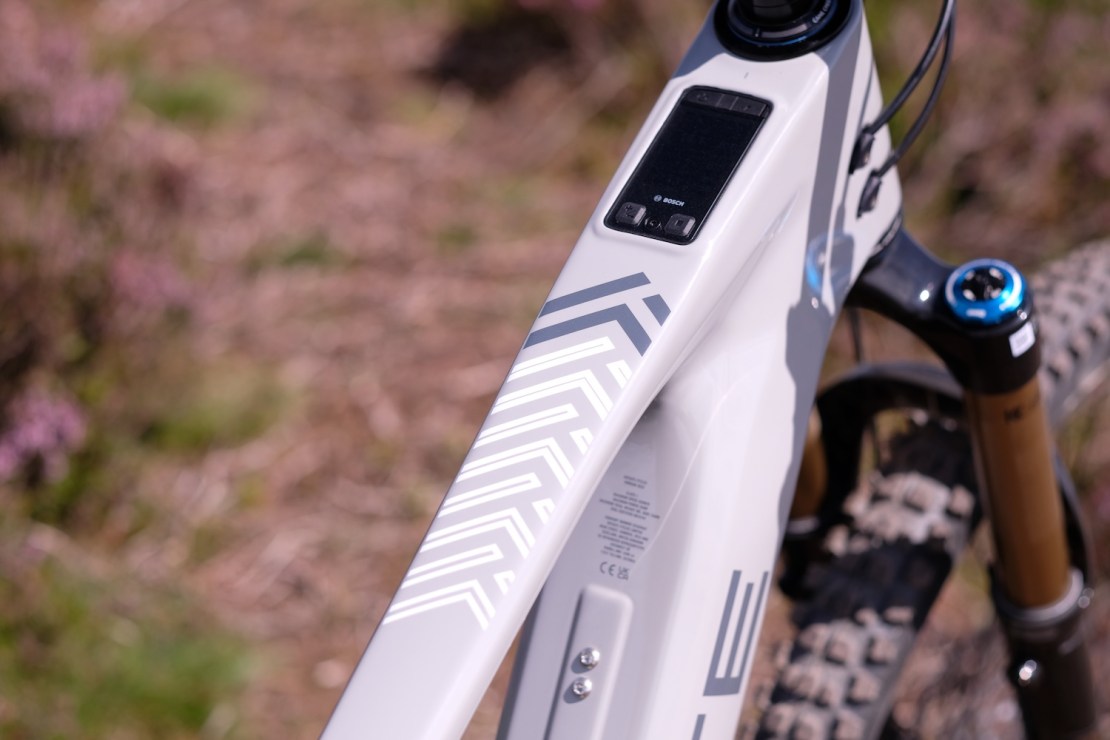
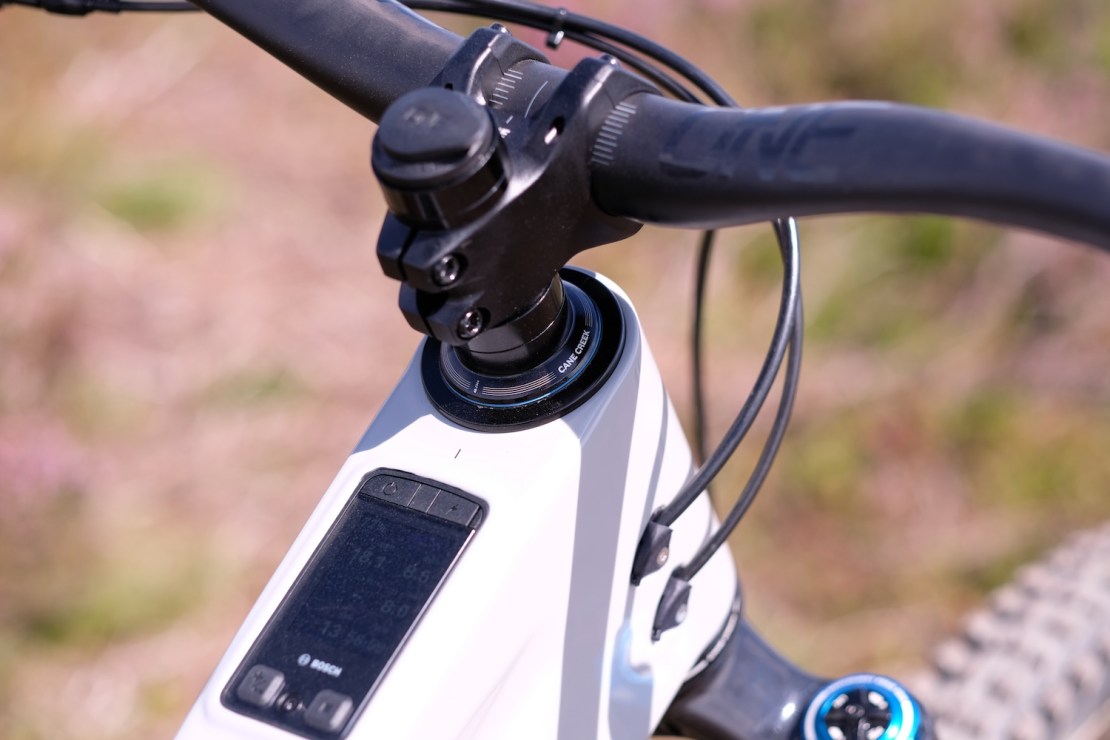
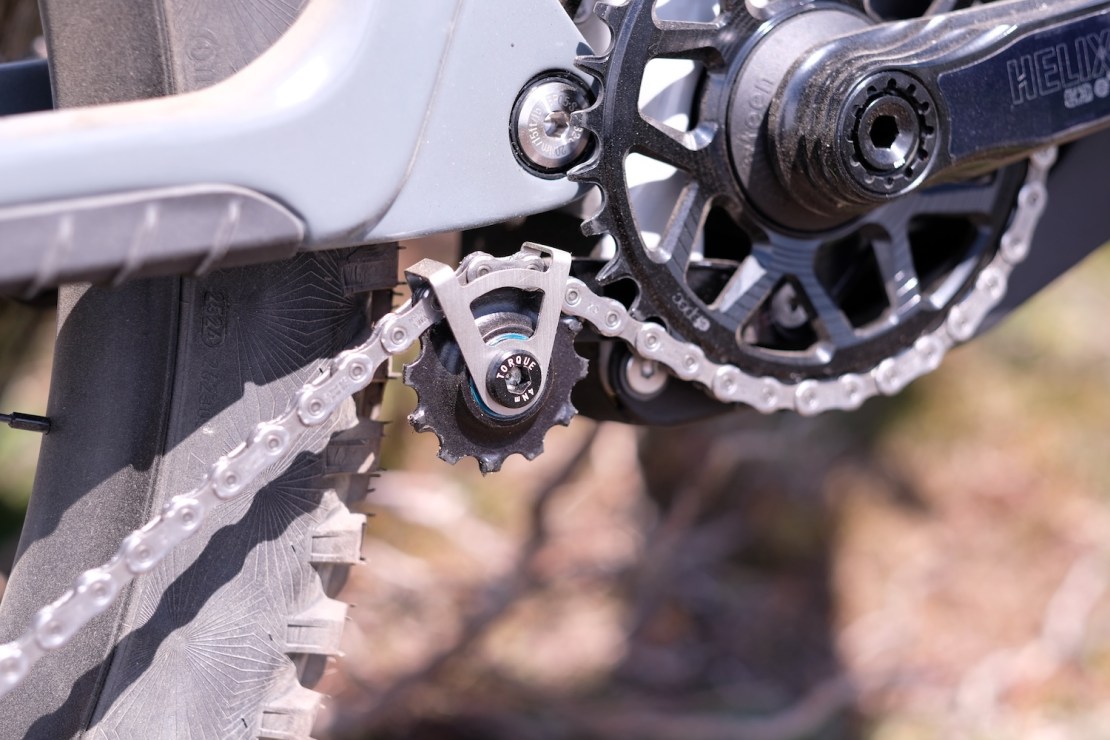
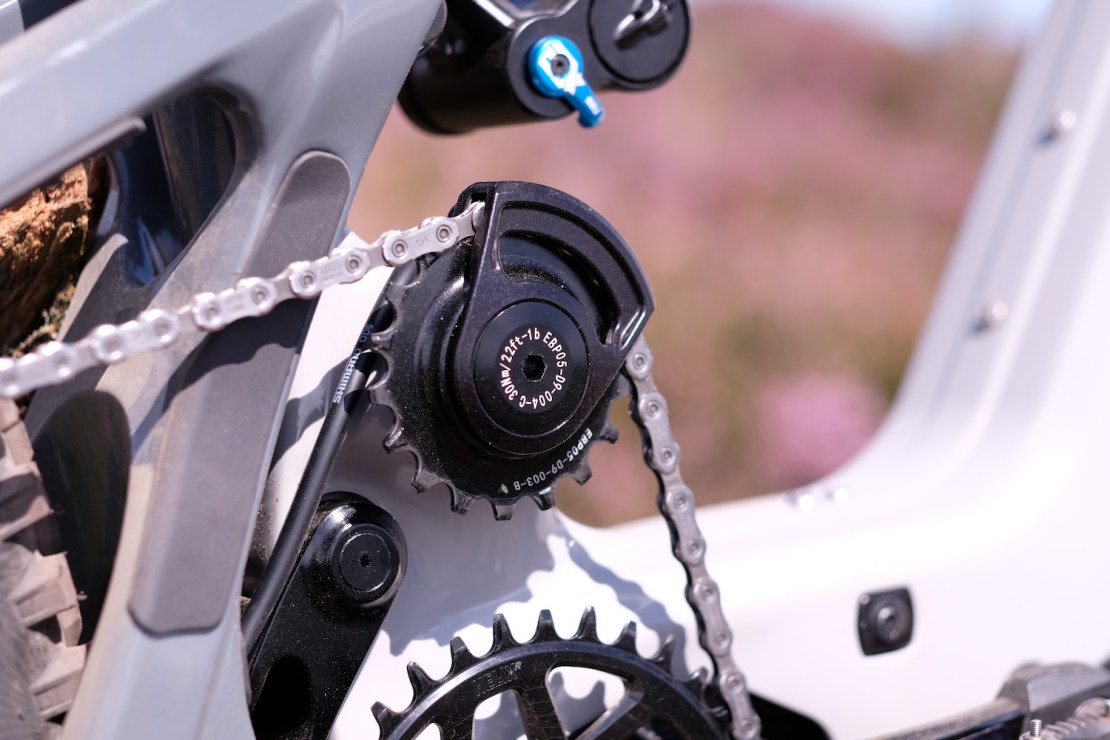
Although I said earlier that the similarities to the Cotic Rocket eeb had ended, you could argue that the attitude to the battery is similar in ethos. Whilst the battery on the Kurgan is not as simple and quick to remove/install as on the Rocket, it is perfectly feasible to whip it out in a car park (as it were) and put it on charge or slot in a second battery. I, for one, welcome this new move (back) to removable batteries (the latest Specialized Turbo Levo also has this) as it adds a very useful degree of practicality and reflects real world usage.
(By the by, which brand is going to finally come out with 400+400Wh double battery system where you can just run one 400Wh battery for most of your rides and stick on the second 400Wh battery for bigger days out?)
In terms of controlling the Bosch stuff, there’s Kiox 400C top tube display wirelessly paired to the usual dinky bar remote adjacent to the lefthand grip. Whilst you can no doubt do a lot of twiddling via the Kiox and on-bike buttons, I find that you get far better (and arguably quicker and easier) results by using the Bosch Flow app on a phone. Finally Bosch has caught up with Specialized in terms of an excellent app and user interface type stuff. FWIW I usually tweak the ‘Auto’ setting to my tastes and just leave it in that mode for everything.
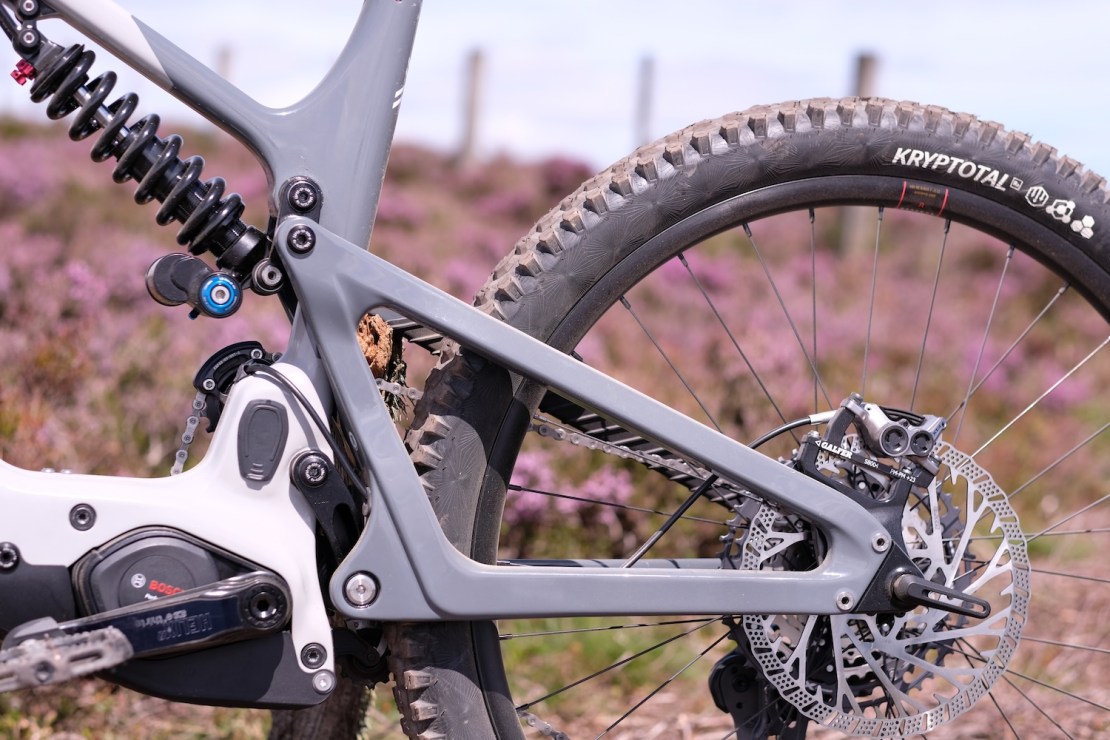
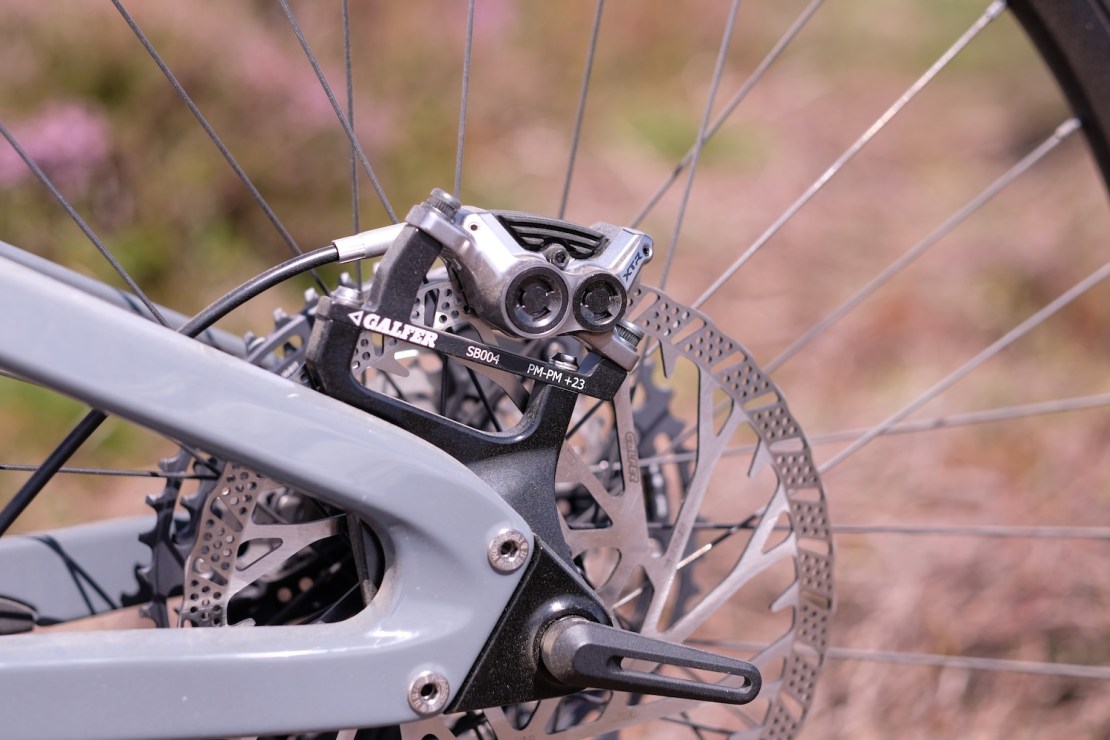
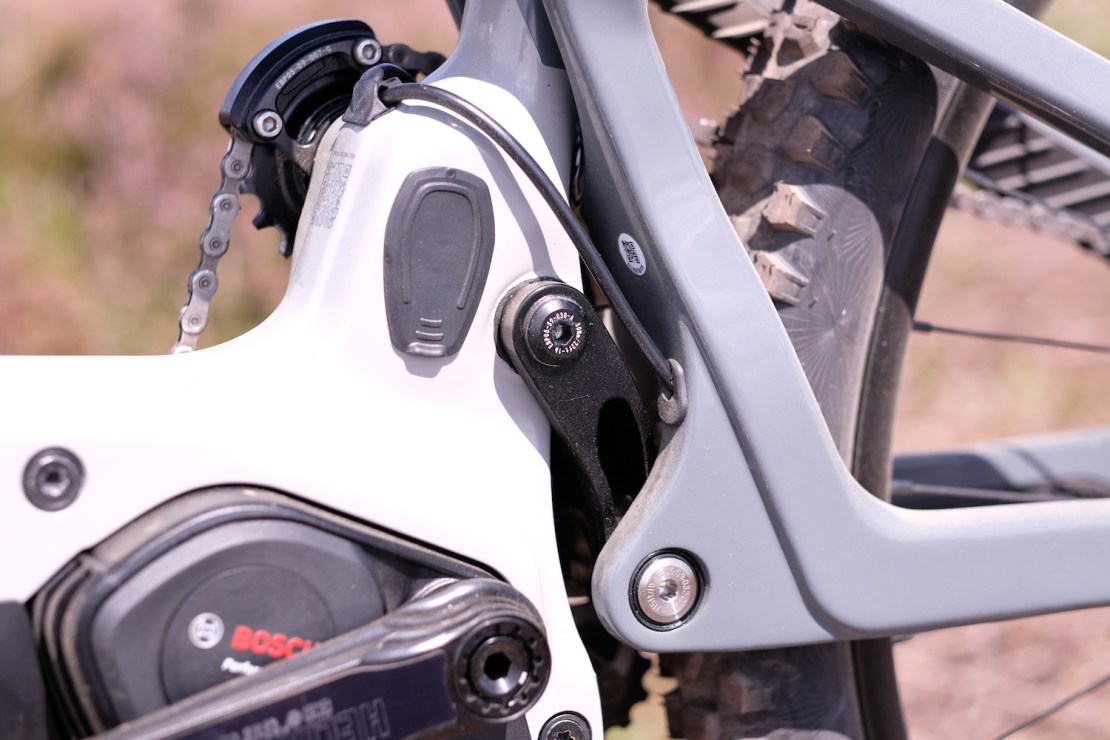
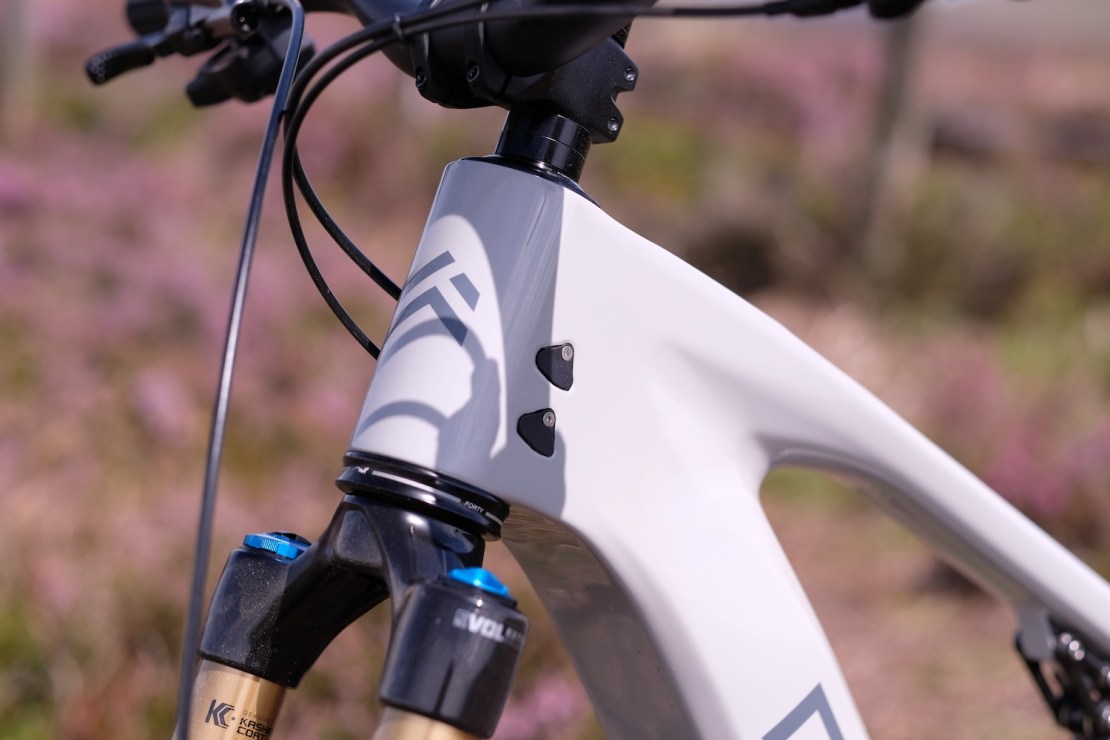
Back to the trad bike stuff. There’s lots of techy information about leverage rates, anti-squat and anti-rise (captioned charts below) but from my single day’s testing on the Kurgan the two overarching factors were the rearward axle path and the coil rear shock.
This bike does not get slowed down. Apart from when you apply the brakes, thankfully. Eerily calm FFWD acceleration. There’s also traction for days, as they say. I’ll go more into the performance and handling later.
The axle path on the Kurgan is entirely rearward for the whole of its travel. From uncompressed through to fully compressed, the rear axle moves backwards 29mm. Most of this rearward movement is done in the first half of the travel; approximately half of the 29mm is travelled by the time 30% of the total travel has been used. The idea being to prioritise the rearward axle during small- to mid-sized bumps.
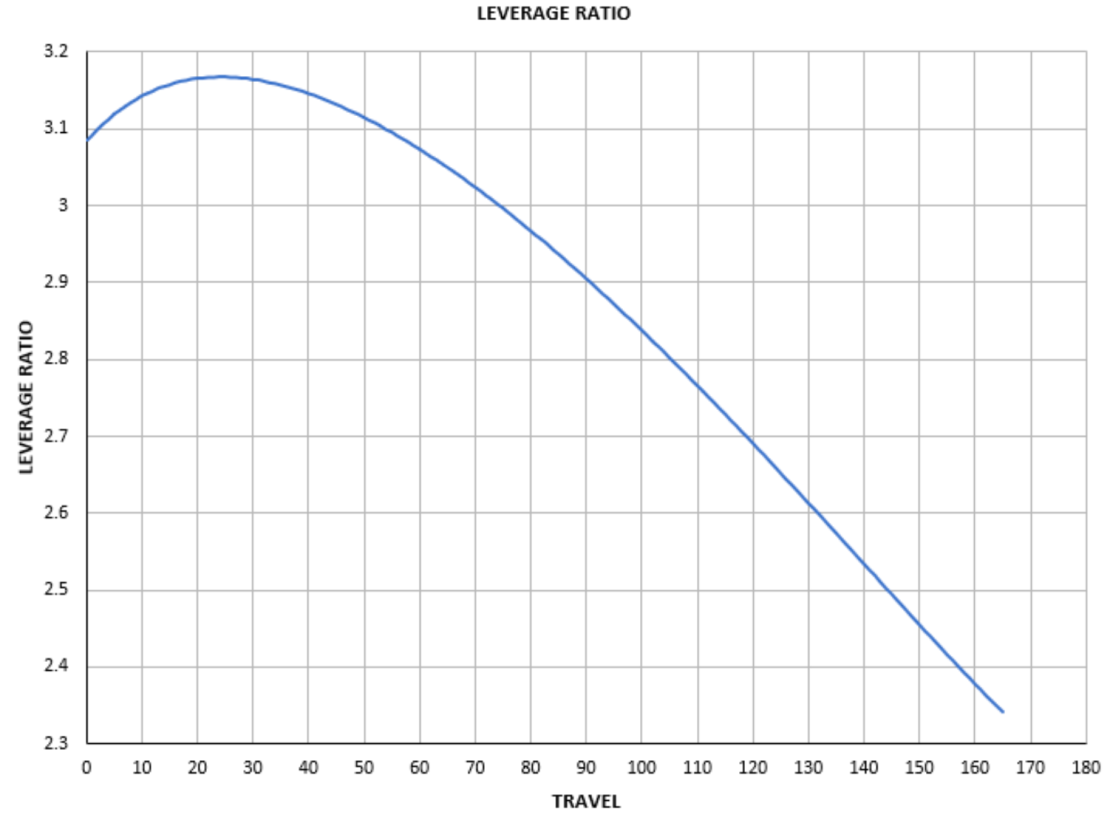
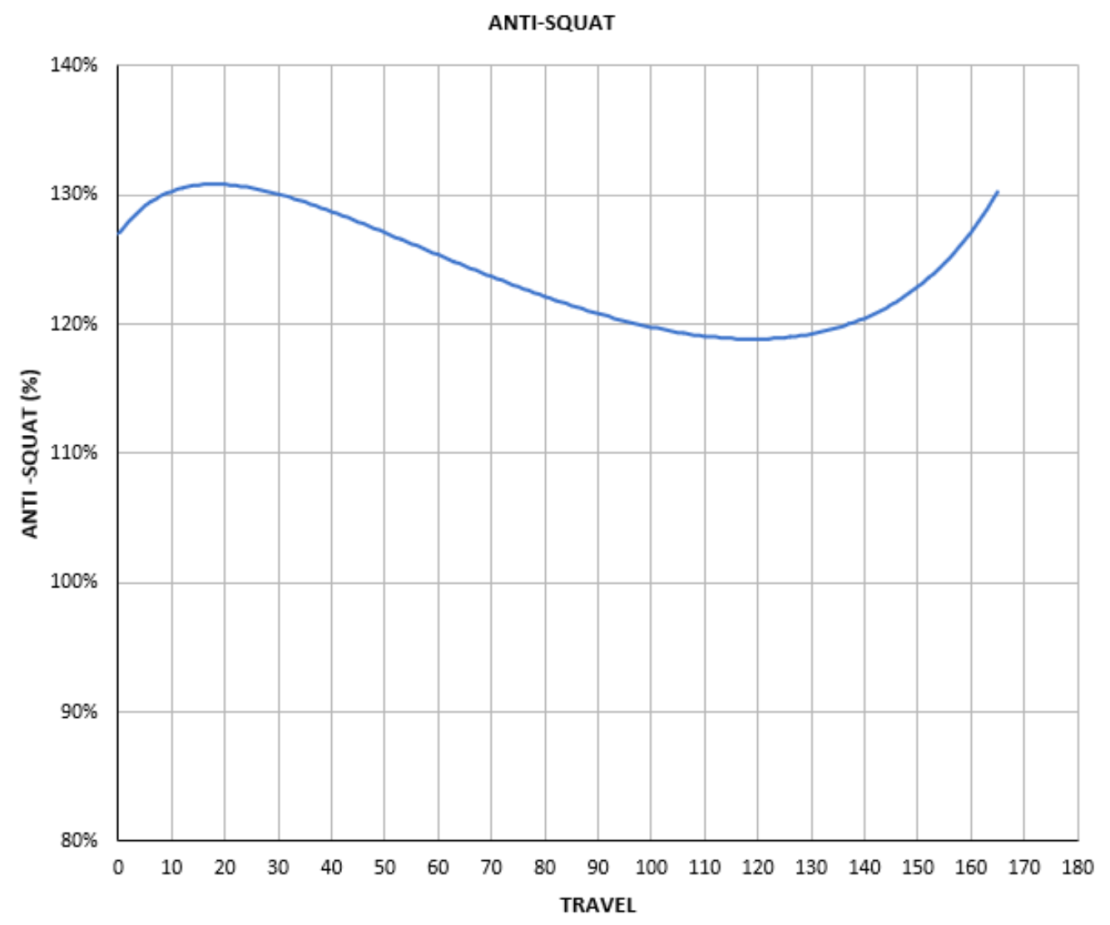
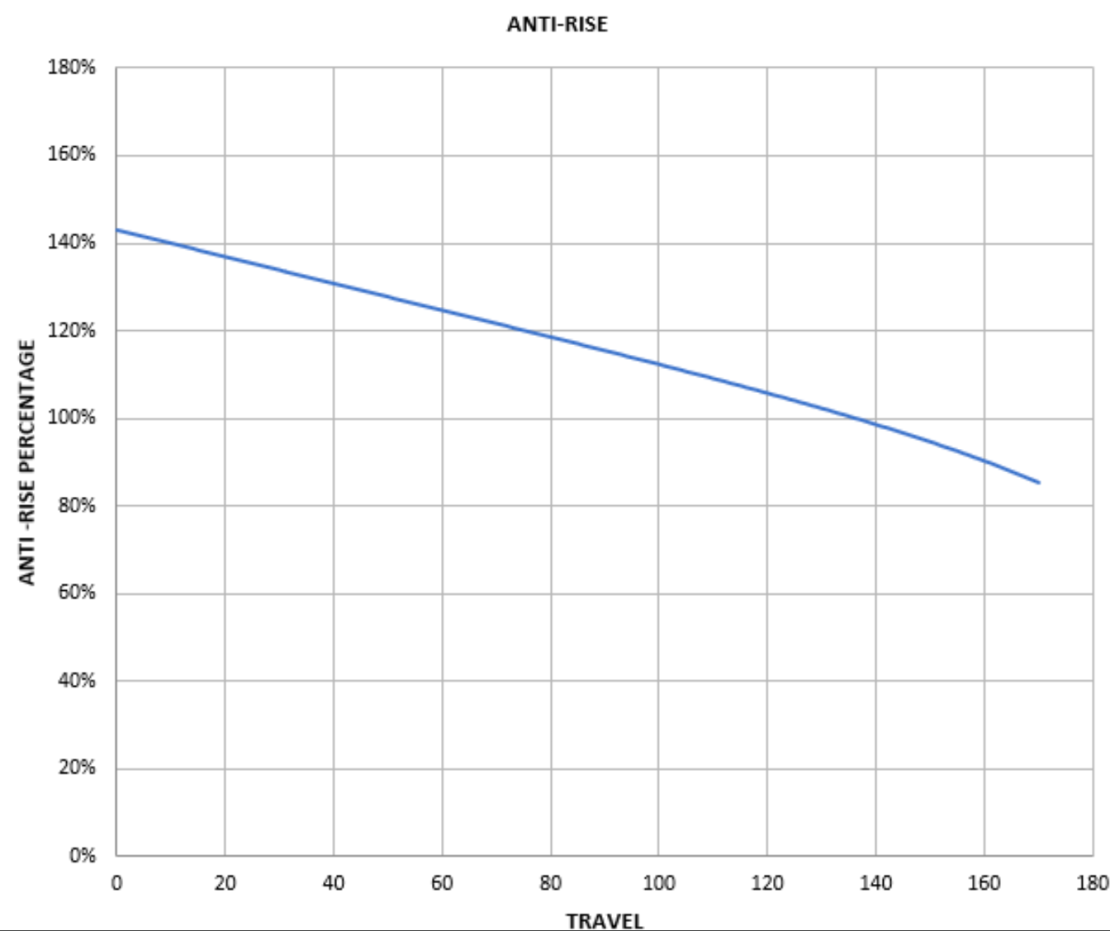
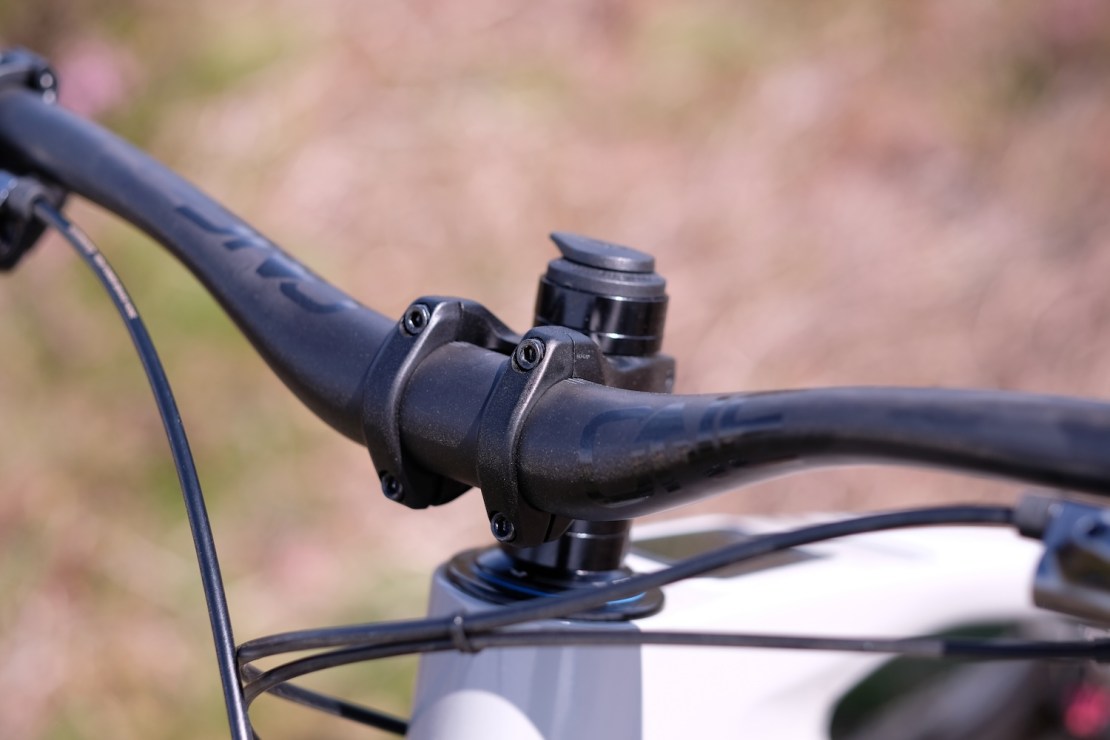
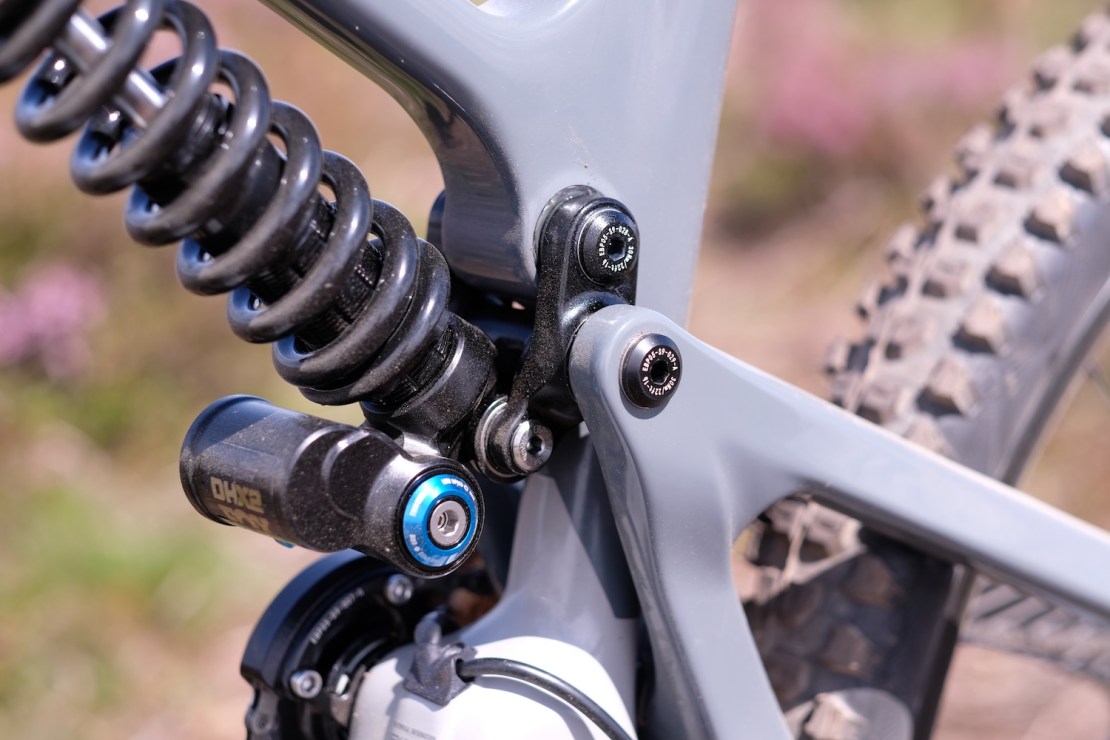
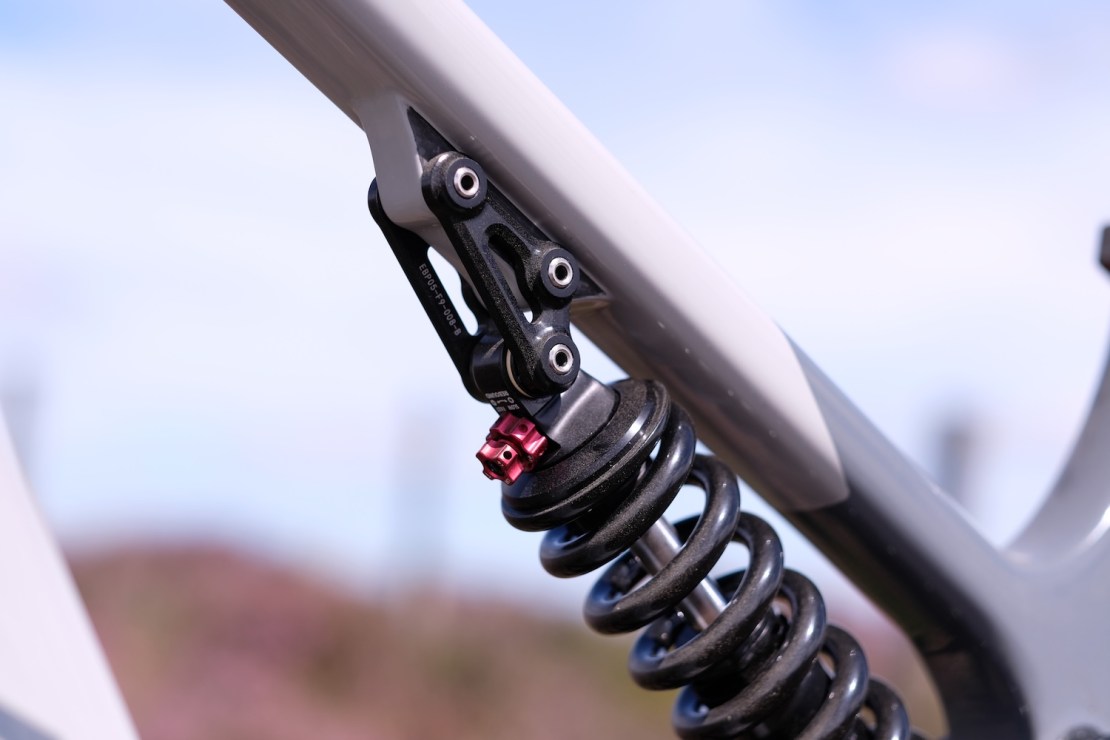
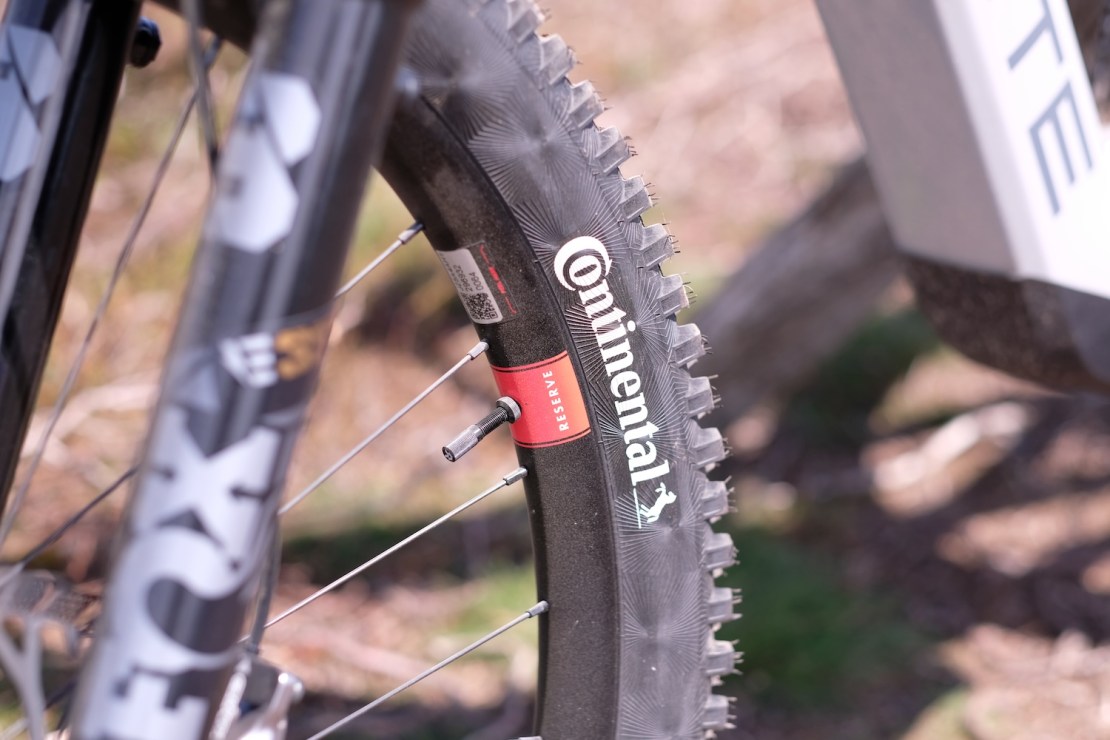
Geometry chart
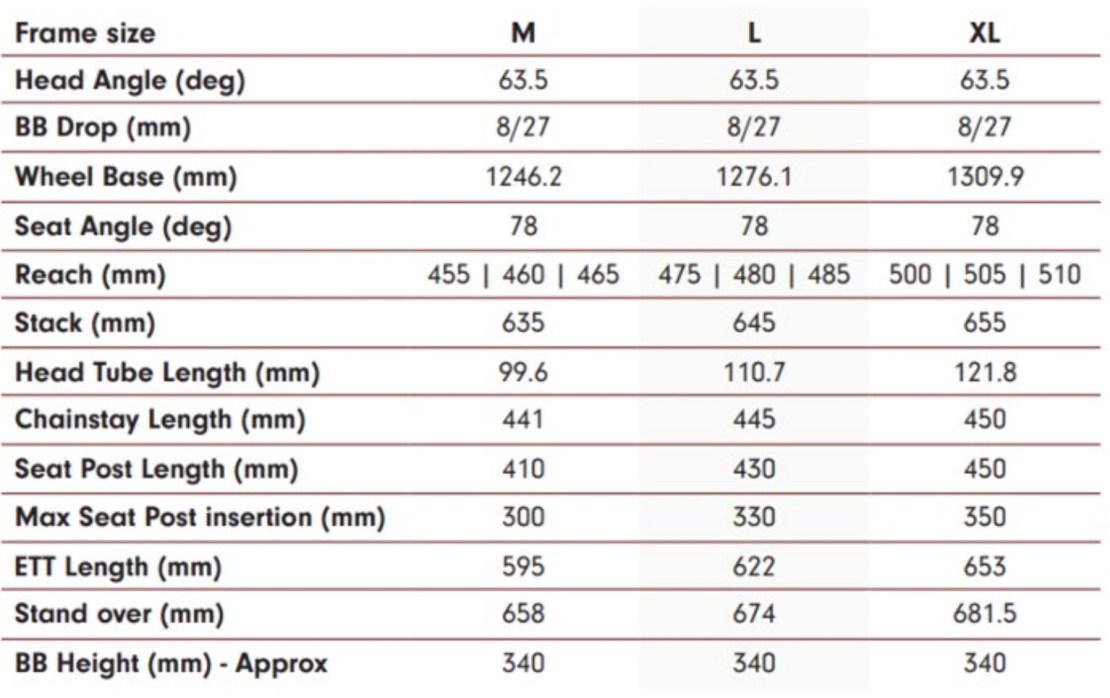
Seasoned chinstrokers will find much to nod and smile at with the geo chart. As a heavy stroker of chins myself I can’t really see anything that I’d change about these numbers. They are bang-on for a mullet mountain bike. Short seat tube. Decently slack head angle. Actually steep seat angle. Loads of standover. 1,300mm+ wheelbase on an XL. Decent chainstay length and BB drops for MX. Even the head tube length on the XL is acceptable (with a regular 35mm rise bar).
In terms of build kit, it’s as good as it should be for a £10k ebike. Absolutely nothing needs swapping out or upgrading. From the 155mm cranks through to the OneUp finishing, it’s all great stuff. Extra kudos for providing good rubber: SuperSof Conti Kryptotal tyres and the only lock-on grips I like (Peaty’s Monarch Knurl).
There is one other build on offer. The £7,999 Deviate Kurgan Elite is £2,000 cheaper than the Factory and doesn’t appear to sacrifice much in the way of performance (Fox 38 Performance Elite GRIP X2 fork, Fox DHX2 Coil Performance Elite shock, Shimano Deore 12-speed drivetrain, DT Swiss H-1900 Spline wheels etc).
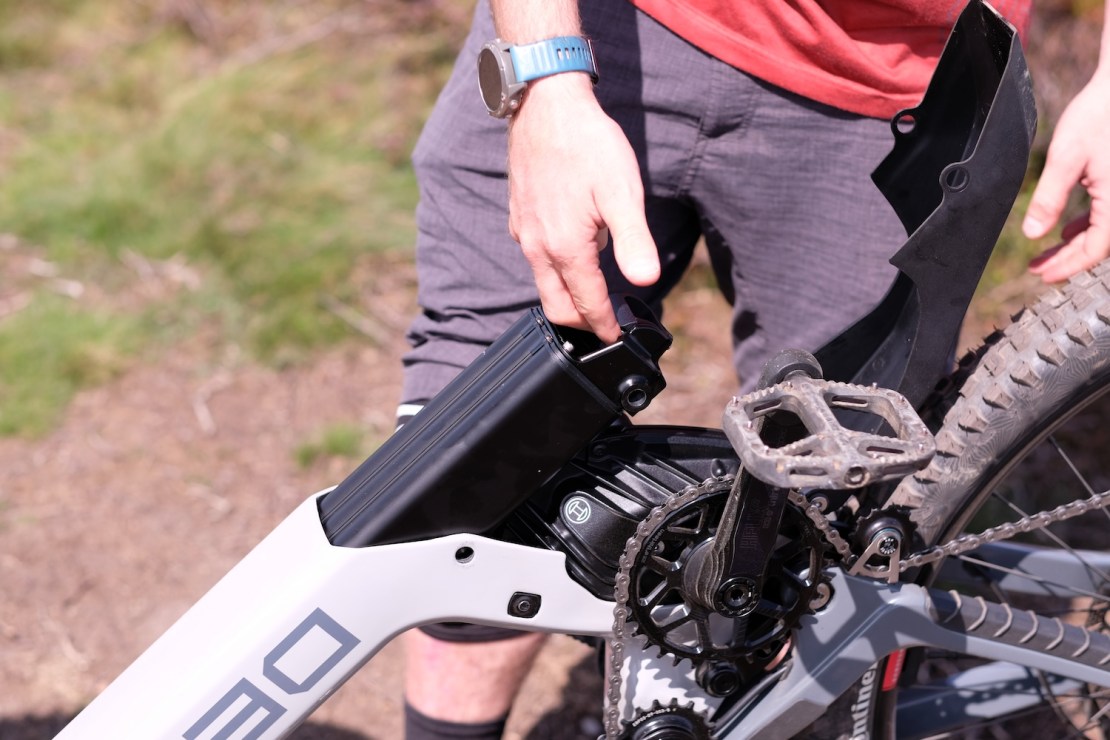
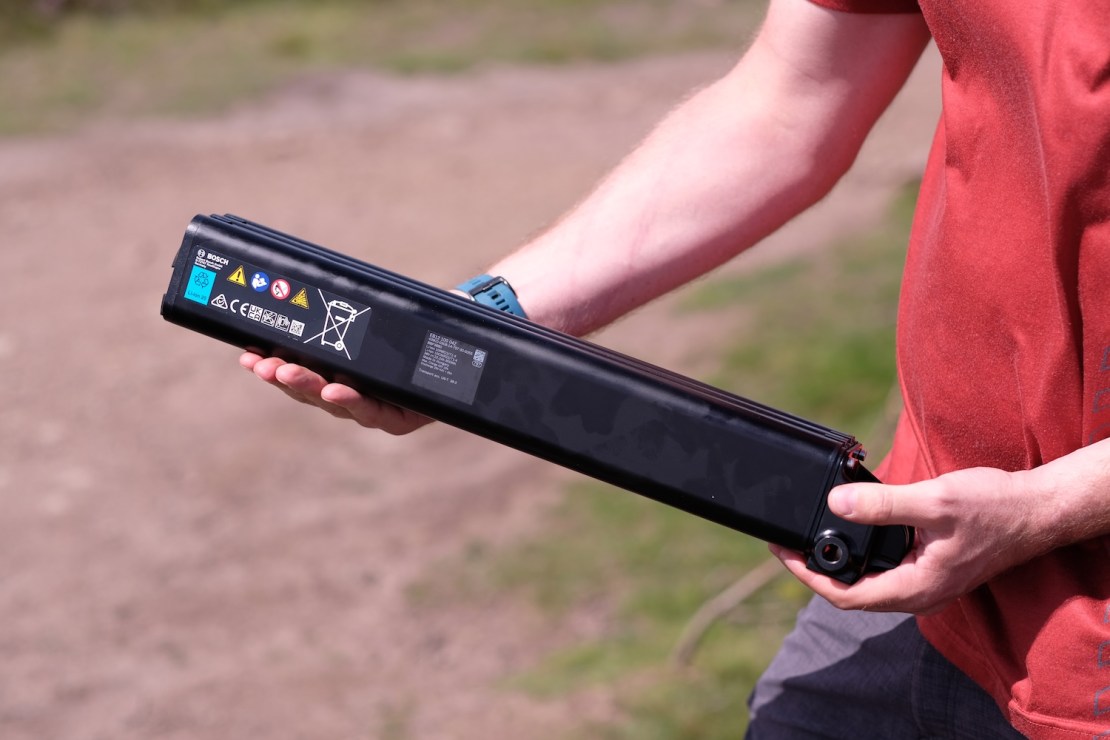
First ride review
Aside from the price tag, I couldn’t really find anything to complain about with the Deviate Kurgan. Certainly nothing reasonable anyway. About the only thing I would say is that, with the Kurgan, Deviate is not ushering a new era of lighter weight full-power full-range enduro-worthy ebikes. But no-one else is either.
The Kurgan is still a hefty bike. But only in the car park. Or at a stile/gate/fallen tree. It does not ride like the mid-20s-kilogram bike that I suspect it is (I didn’t weigh it). At no point did the bike run away from me or refuse to re-align to my requests. Even on the sketchiest of steep, janky, loose, rooty, utterly brilliant tracks I rode on-sight. All good. No heart-in-mouth panics. No brown trousers. Just joy and adrenaline.
Despite what I expected, the Kurgan could hustle and thread-the-needle through the tightest of tracks at the funnest of speeds. Don’t get me wrong, it is more on the hurtling plough end of the MTB spectrum but it wasn’t overly so. If you’re the sort of rider who doesn’t really ‘get air’, nor jibs and pops off things, but you prefer to clean and conquer the steepest, tightest terrain (up as well as down) you’ll appreciate how the Kurgan handles.
Deviate really knows its suspension onions. The rear swingarm may feel it’s floating over washboard ripples ‘n’ roots (and even lightly larger lumps) it still has a good amount of support and pushback in the second half of its travel. It’s not a back end that trapdoors into the abyss only to subsequently rob you of achieving full travel at the very end. It’s kinda like a bike that’s supple and hoovery up until the point you dig your heels in and shove some rider input into the system, at which point it firms up and gives you the working edge you need.
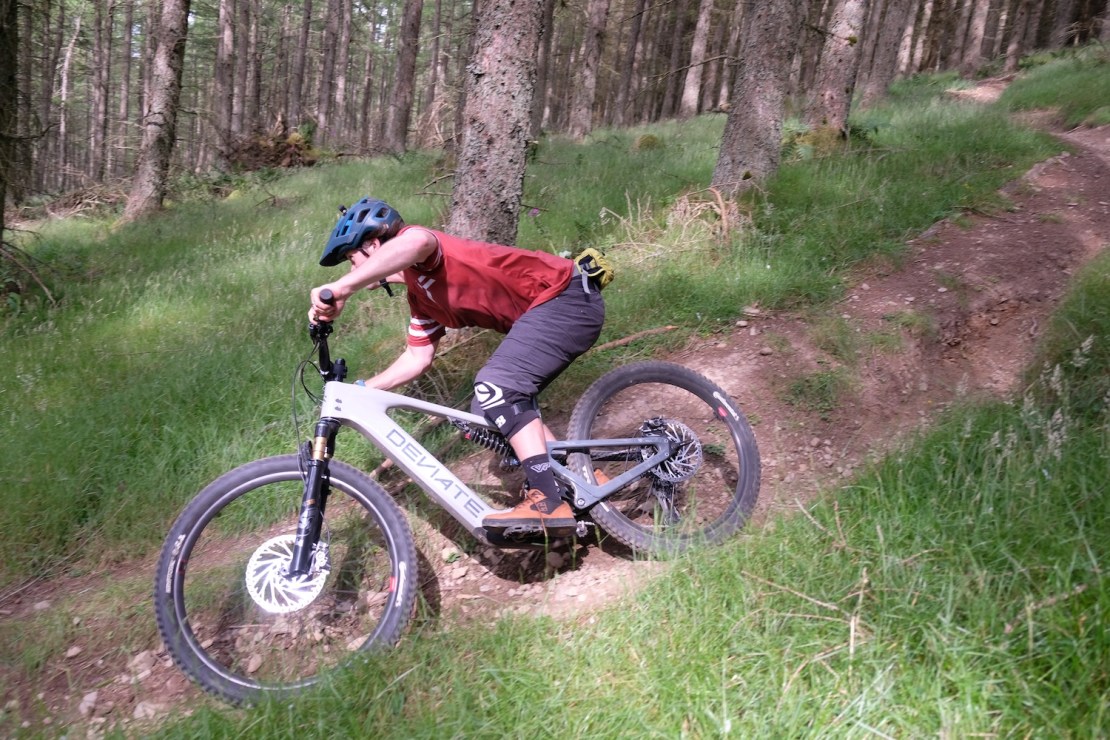
Overall
At the end of the day (literally), I did only spend one day on the Deviate Kurgan. Even with photo and video faffery, I still got in over 1,000m of ascending, pretty much all on Turbo, and was never in any worry of running out of battery. Despite the solitary day of testing, I feel fine saying that the Devaite Kurgan is the best full-power enduro-tekkers ebike that I’ve experienced so far. It may well be overkill for some folk’s XC-trail riding loops but for those of us who love to ride permanently at 25%+ gradients (climbs and descents), this monstrous machine is ideal.
Deviate Kurgan Factory specification
- Frame // Kurgan Carbon MX, 165mm
- Shock // Fox DHX2 Coil Factory
- Fork // Fox 38 Factory GRIPX2 180mm
- Wheels // Reserve Alloy HD rims on OneUp hubs
- Front tyre // Continental Kryptotal DH SuperSoft 29×2.4in
- Rear tyre // Continental Kryptotal DH SuperSoft 27.5×2.4in
- Chainset // E-Thirteen Helix Race E-Spec, 155mm, 36T
- Drivetrain // Shimano XT/XTR Di2 12-sp, 10-51T
- Brakes // Shimano XTR M9200, 220/220mm
- Stem // OneUp 35, 42mm
- Bars // OneUp Carbon 800mm
- Grips // Peaty’s Monarch Knurl
- Seatpost // OneUp Dropper V3
- Saddle // SDG Bel Air V3 Atmos Max
- Motor // Bosch Performance Line CX, 100Nm, 750w peak
- Battery // 800Wh
- Size tested // XL
- Sizes available // M, L, XL
- Weight // TBC
Geometry of our size XL
- Head angle // 63.5°
- Effective seat angle // 78°
- Seat tube length // 450mm
- Head tube length // 121.8mm
- Top tube // 653mm
- BB height // 27/8mm BB drop
- Reach // 500/505/510mm
- Chainstay // 450mm
- Wheelbase // 1,309.9mm
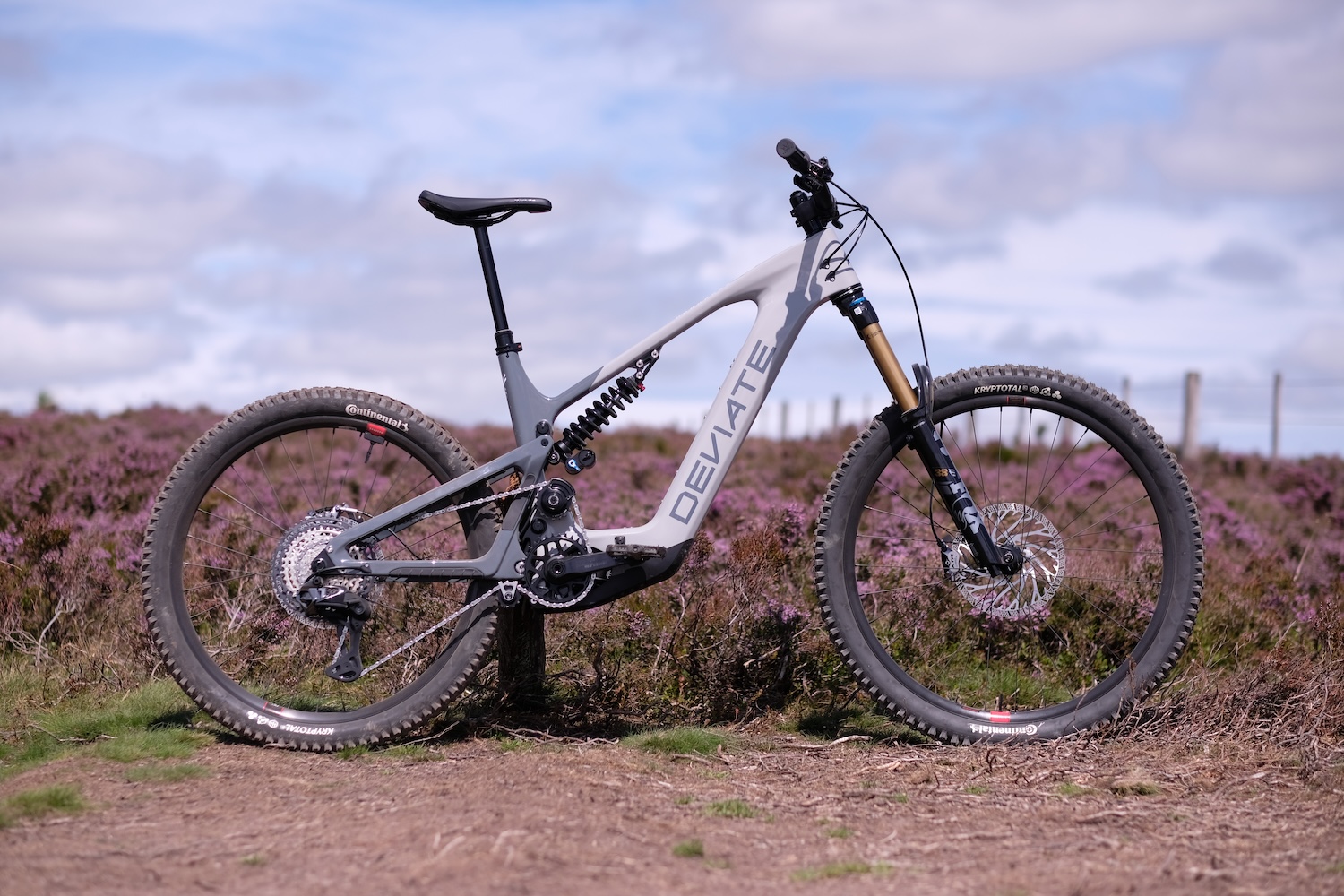





Yet another ebike that doesn’t come in XXL (525mm reach). Colour me disappointed yet again.
its better to burn out than fade away..
Can you imagine the stock control issues they will have….
" Trossachs cycles would like to order Kurgans in L and XL"
" Sorry mate, there can be o….."
If there were to be anything that would tempt me back to e-bikes, this would be it.
An SL version? I’d bite their arm off.
I know “HOW MUCH!?" comments are a bit predictable and that Deore works very well.
But… £8k for a bike that comes with Deore (the “cheaper" version of this).
They really couldn’t have squeezed SLX on there?
Does the high pivot have the same design arguments on an e-bike as it does with an analogue bike?
To have that amount of rearward axle travel (and thus chain growth), the high pivot is fairly important regardless of normal or e-bike, I’d have thought.
Absolute monster of a bike for the intended purpose. I don’t ride the sort of terrain that warrants a bike like this often enough, but if I did…
Funny how the first ride reception on Pinkbike is pretty luke warm. The 6’3 tester said the XL feels unweildy and rides much heavier than its 25kg weight. Those comments really put me off as my local trails are more tight and twisty than fast and wide open.
I’d like to ride this and the new Druid Core back to back. Last time I bought a mechanial bike I chose the Druid V2 over the Highlander and have no regrets. The Druid is unreal.
For the record I’ve never ridden an e-bike off road but the day is coming.
As a now mostly eBiker for anything other than XC, and a fan of high pivots, that is a hard pass for me.
It’s morbidly obese, when there other other full power bikes coming out that are close to 5kg lighter & it looks ugly as sin.
Doesn’t even sound like it rides that great 🤦♂️
Just wanted to refresh my eyeballs and yes, I definitely prefer this…
That’s the rumoured Deviate Juan Sánchez-Villalobos Ramírez
They’re both supported by Deviate, I don’t imagine they’ll hate it…
Don’t go to sponsored riders looking for objective reviews. They’re obviously going to rave about it.
I might watch later for a closer look at the bike.
Interesting they’re both running air shocks, from the thumbnail, though, rather than the coil it’s specced with.
Ooh sponsored riders love their employers product. Colour me surprised. I would like to ask Ben how many gates and styles are there on his regular ride and then decide if the weight is an issue
One, if it’s a typical Tuesday.
Your sarcasm skills need work
I’ll say this for it; it’s very quiet, none of the rattle that my early Gen 4 Bosch has.
That custom paintjob with the countours though 😬
ok I will try harder next time